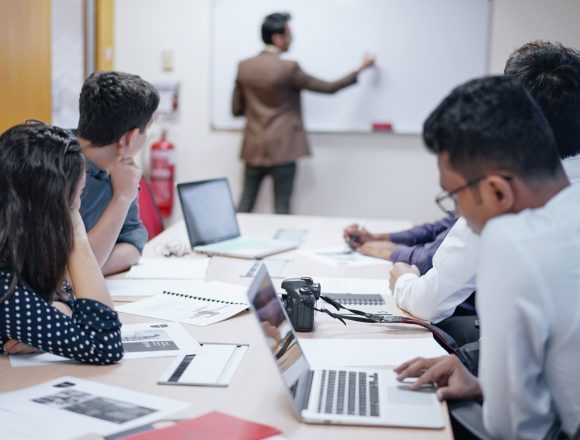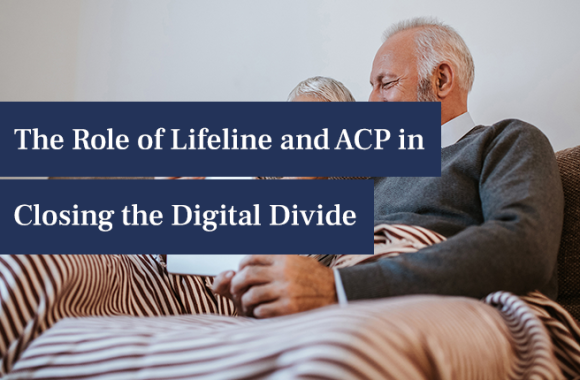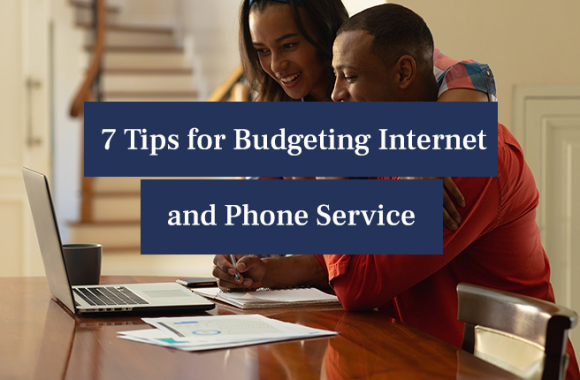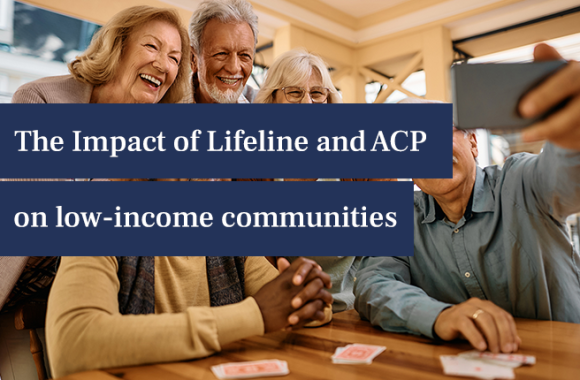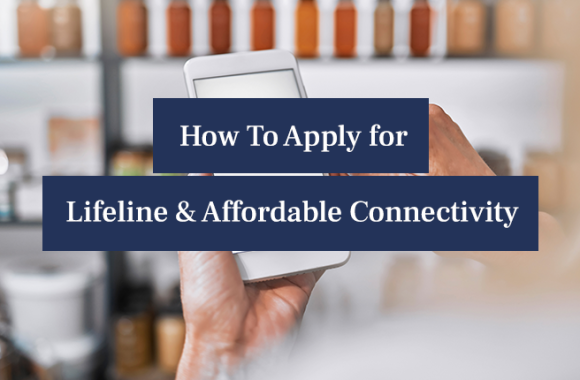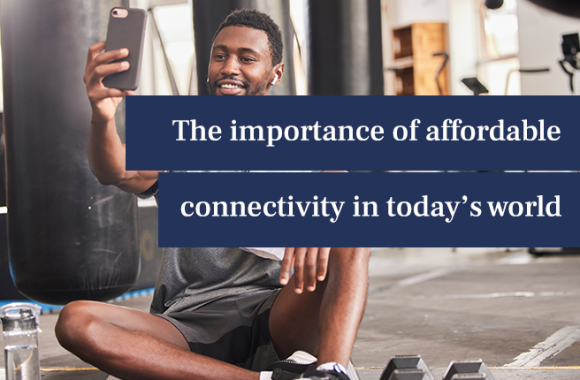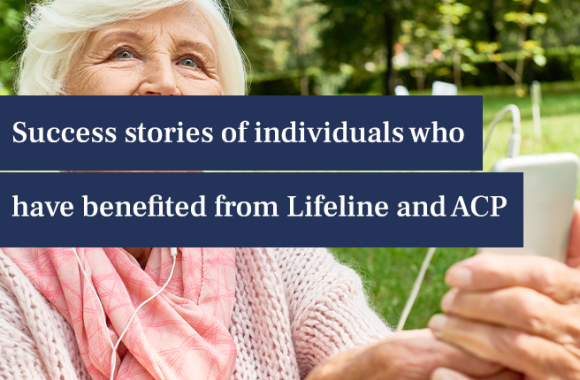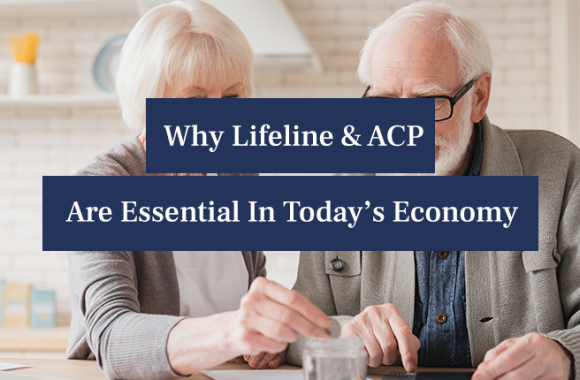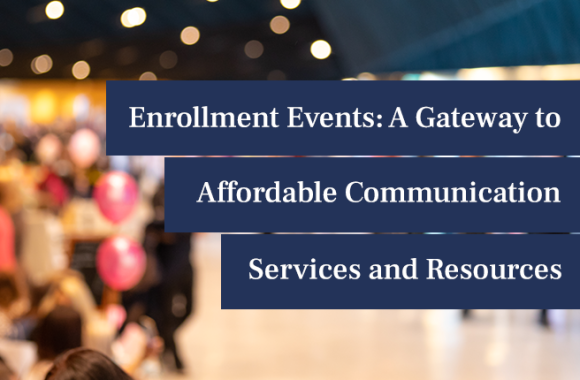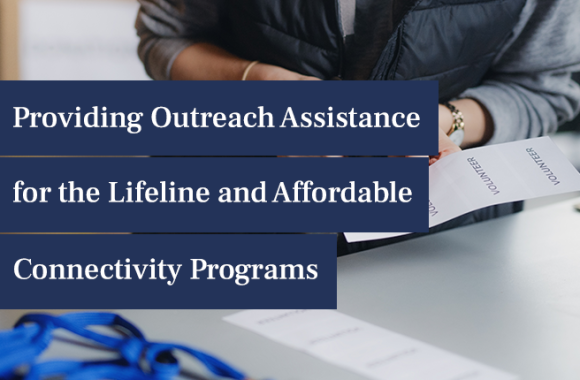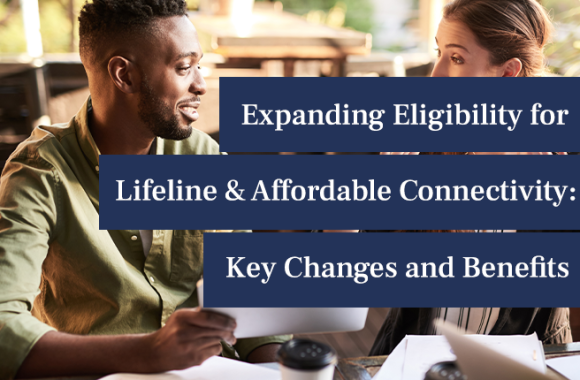The digital divide refers to the gap between individuals who have access to the internet and digital technologies, and those who do not. This divide can have serious consequences for those on the wrong side of it.
This site is privately owned and is not affiliated with any government agency. Learn more here.
"Bringing Lifeline to Commmunities Nationwide"Member Access
Host Community Lifeline Event
Explore Member Benefits
Find Nearby Enrollment Events
Lifeline (FCC) Program History
Lifeline Began To Provide Discounted Phone Service
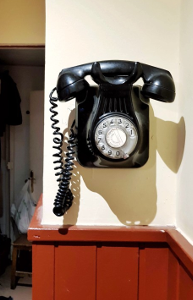
The Lifeline program was created in response to concerns about the high cost of telephone service and the difficulty that many low-income households had in affording this essential service. The program was designed to provide a subsidy to eligible households to help them pay for their telephone service, and it was administered by the Federal Communications Commission (FCC).
In the 1980s, the Lifeline program was seen as a critical lifeline for low-income households, as it provided them with access to affordable communication services that were essential for staying connected with family, friends, and community. The program helped to bridge the gap between those who could afford telephone service and those who could not, and it played a key role in helping to ensure that all Americans had access to this essential service.
Program Advancements To Streamline Lifeline’s Growth
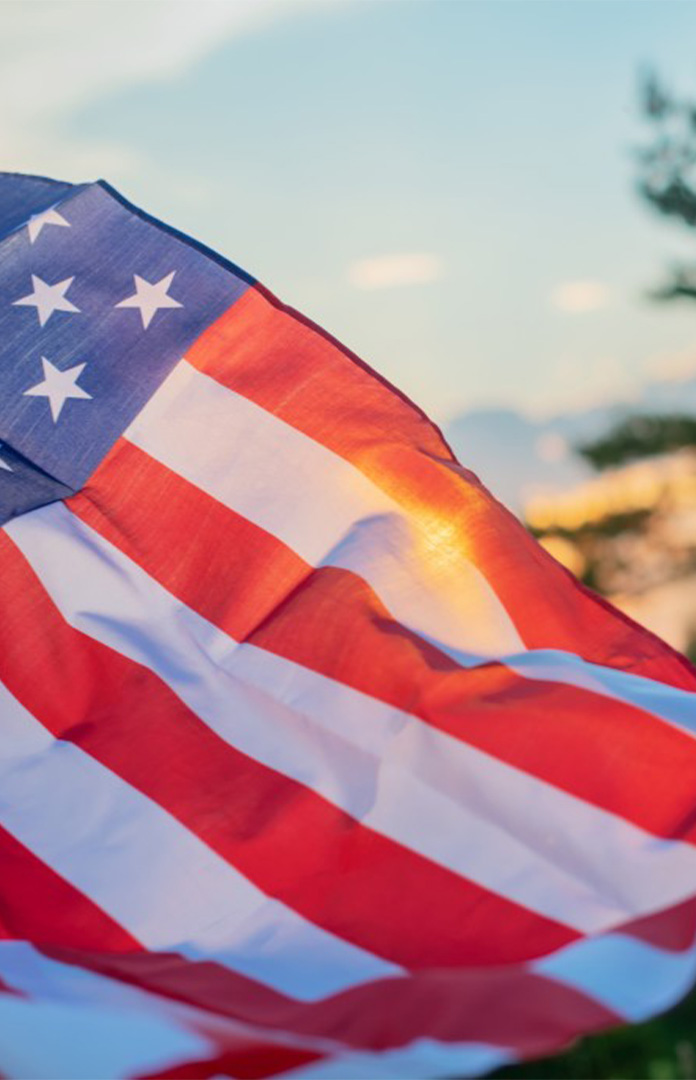
During this time, the Lifeline program faced a number of challenges, including rising costs and concerns about fraud and abuse. In response, the FCC implemented a number of reforms to address these issues, including establishing income-based eligibility criteria and requiring participating carriers to verify the eligibility of their Lifeline customers.
Despite these challenges, the Lifeline program remained an important resource for low-income households, and it continued to provide them with access to affordable communication services. In the 1990s, the program played a key role in helping to ensure that all Americans had access to these essential services, regardless of their income level.
Lifeline Revamped Offer More & Free Phones
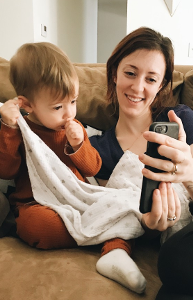
There have been other changes to the Lifeline program over the years as well, including changes to the eligibility requirements and the level of discounts offered. The program is currently administered by the Universal Service Administrative Company (USAC), which is responsible for implementing the program in accordance with the rules and regulations set forth by the FCC..
Lifeline Benefits Expanded To Include Broadband Internet

Our Projects To Expand Connectivity
Thank you for trusting us as your Lifeline Assistance Partner.
Our mission is stapled in helping your community with the lifeline enrollment process. We help qualifying beneficiaries apply for Lifeline; a government connectivity program that provides phone and internet service at no cost to you.

Expanding Lifeline Nationwide
The purpose of our program is to help make Lifeline accessible to communities nationwide. We help by expanding information about Lifeline and the benefits available through the program. We also coordinate events between organizers and local shops to host enrollment events.
Host An Enrollment Event
We welcome and encourage local businesses to join our mission to expand Lifeline accessibility to communities nationwide. Through our program we can work together to coordinate with Organizers to host an enrollment event at your place of business.



